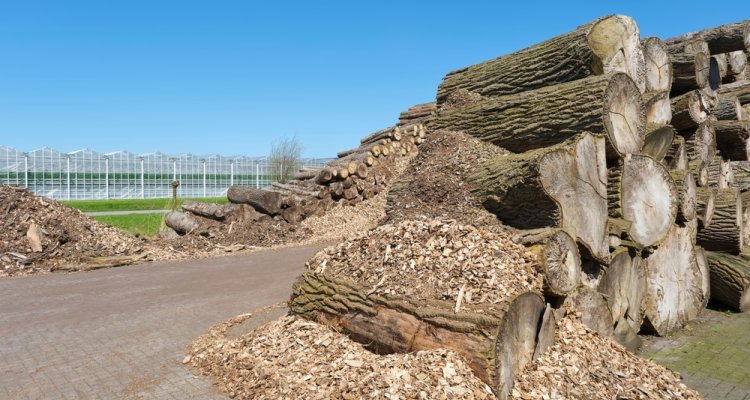
News
New circularity tool reveals possibilities for valuable use of residual flows
The Ministry of LVVN commissioned researchers at Wageningen University & Research to develop a Circularity Assessment Tool for bio-based raw materials that provides a wider view of circularity in the use of these raw materials. Project leader Wolter Elbersen: "We can calculate a score for two different applications of the same bio-based materials. Classical principles are usually only based on a preferred hierarchy in the application (what do you prefer to make from them), but the new method also considers the composition of the bio-based material and how efficiently it is used."
Comparing the circularity of organic residual flows and raw materials can be difficult because the material is essentially already circular: it comes from the soil and from the air (CO2) and (eventually) returns to the soil and the air. “The issue is therefore: can it be more circular?", Elbersen explains. The answer to this often turns out to be 'yes'. “This tool enables us to prove that by comparing the circularity score of different applications of the same bio-based material."
Formula for measuring circularity
Proving that circularity was no easy task, but general principles such as Lansink's Ladder, Moerman's Ladder and the principles of the McArthur Foundation already exist. So Elbersen and his colleagues elaborated and adapted these principles to develop a quantification system for bio-based materials. Elbersen: “Within those considerations, there are actually two aspects that always play a role: what exactly does the biomass consist of, and what is the importance of using these components efficiently and being able to reuse them? The value and scarcity it achieves in terms of waste are included in this."
Which components score higher
How does that work in practice? "Protein production requires a lot of energy and therefore indirectly produces most pollution in terms of waste. For that reason, proteins per kilo are usually more expensive than fibre and also much scarcer. Proteins therefore carry more weight when you look at circularity than fibre. In addition, minerals like phosphate score higher than fibre or sugars because they are scarce: phosphate mines are being depleted," Elbersen explains.
The efficiency of the use of the material also counts. The more efficient it is, the higher the score. Take making a piece of furniture from the wood of a tree felled on the roadside, for example. Elbersen: "What percentage becomes a table and what percentage becomes sawdust and waste wood? And what do you subsequently do with the sawdust and waste wood? Do you burn it in your fireplace with 10% efficiency, or do you use it to heat a tomato greenhouse with 90% efficiency? These are important aspects in terms of efficiency.”
Retain functionality and defer end application
To score the applications, the researchers considered whether functionality was retained. Elbersen: "An application scores higher when it retains the functionality of the components as much as possible, so when the end application can be deferred." Consequently, end applications, such as generating energy and use for the soil, score lower than other uses in this formula. "Not because these applications are not good or important, but because it is better to delay them. After all, it is an end application. This end application is ultimately essential, but preferably after the material has been used for other applications."
The researchers were able to capture all these aspects, from components to application, in a single formula. Elbersen: “This allows you to weigh two applications of the same bio-based material." Lead author Jan Broeze built the model, including numerous applications that can be compared.
Expand possibilities
Using biomass in a more circular way has numerous advantages, says Elbersen. “More circular applications mean that you ultimately need less bio-based material. And therefore also less land, less labour, less energy and less water. All that space can then be used for other things. And this is what makes working in a more circular way so interesting. It expands your options and ultimately generates more.
Circularity does not stand alone
Sustainability decisions are not just about circularity. Other considerations also play a role. "Decisions on using residual flows are obviously often part of a bigger picture. Issues like available technology, political considerations, the greenhouse effect, soil quality and social and economic aspects are all important." The researchers therefore advocate including all these aspects in decisions. “But now it is easier to measure and compare the circularity element. And that helps government agencies and entrepreneurs decide on the best use of bio-based materials.”